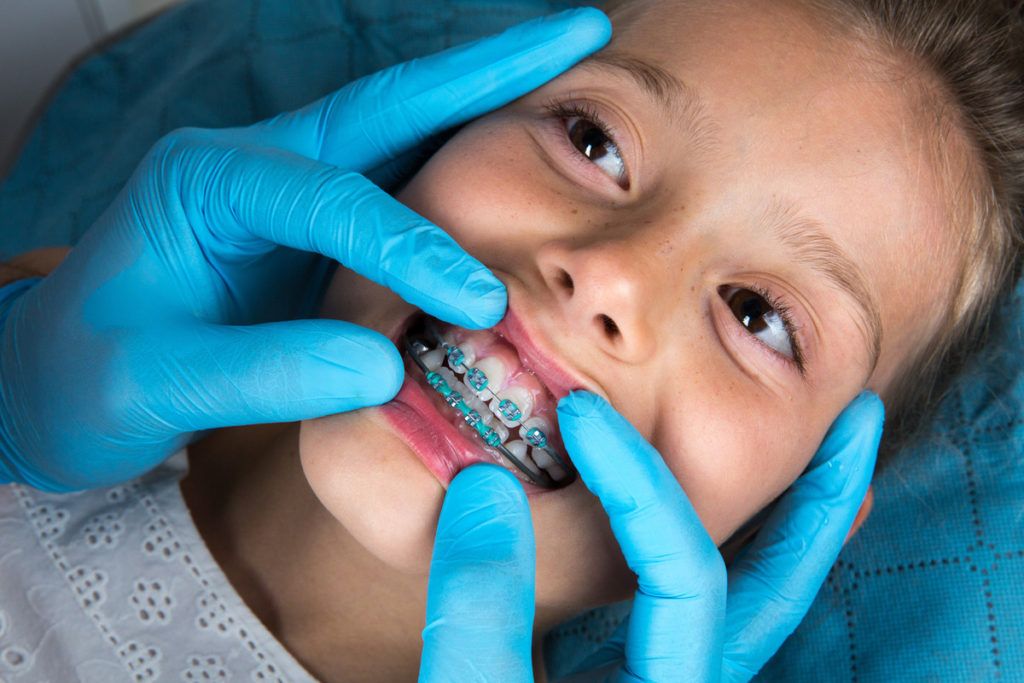April 16, 2021
As it is, many young patients find themselves off-put by the idea of visiting their dentists and orthodontists.
Be it because of braces-related pain or the general discomfort of having someone poke around in their mouth, we know — Such appointments are common stressors for young patients and adult patients alike.
But as COVID-19 vaccines become increasingly accessible and businesses open back up, we can’t help but look back and wonder: What role did the pandemic in and of itself play in patients’ experiences of such stress?
Increased Prevalence Among Patients
As mentioned previously, dental and orthodontic visits commonly trigger stress in patients. But what if we told you that, over the last year, stress was actually the catalyst for these visits?
In fact, a poll conducted by the American Dental Association (ADA) revealed that certain stress-related conditions increased in prevalence over the course of the pandemic:
- Teeth clenching and grinding has increased by 71%
- Teeth chipping and cracking has increased by 63%
- Temporomandibular joint disorder (TJD) symptoms have increased by 62%
Thus, between the stress of the pandemic and the stress caused by oral pain, it’s easy to imagine how many of these patients found themselves caught in an echo chamber of discomfort.
What Affects An Orthodontic Patient’s Stress?
So we know that the pandemic heightened patients’ overall experience of stress. The only question, then, is if we know what specific orthodontic factors played into these experiences.
Well, according to a study published in the American Journal of Orthodontics and Dentofacial Orthopedics (AJODO), we do have an idea:
“Over one-third of orthodontic patients experienced mental distress during the pandemic,” the study explains. “Multiple factors affected the level of anxiety of orthodontic patients, such as the type of orthodontic appliance, time since last dental visit, manner of communication with the orthodontist, and the localities of the pandemic progression.”
In short, no two patients were likely to experience the same stress, as their unique orthodontic needs — in addition to their life circumstances — as a patient influenced their pandemic-related stress levels.
Say No To Stress With SouthShore
As we said earlier: We understand that many young patients are particularly vulnerable to stress right now, especially as they undergo the oral pains and changes involved in orthodontic care.
That’s why, here at SouthShore Orthodontics, we aim to provide excellent results and exceptional service in a welcoming environment! We’re committed to our patients’ comfort, and we want to know if there’s anything we can do to help you feel more at ease while in our care.
Here at SouthShore, stress isn’t in our vocabulary! So, to learn more about how you achieve a healthy smile with a locally-trusted team, contact our office today to schedule an appointment!




